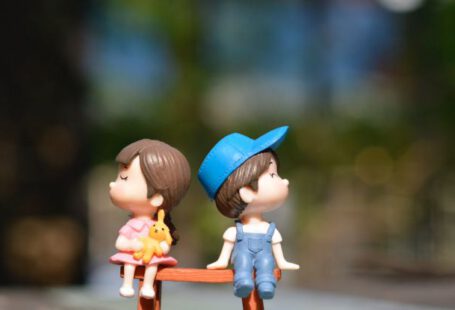Space junk, also known as space debris, is a growing concern for space agencies and scientists around the world. It refers to the man-made objects that are floating in space and no longer serve any purpose. These objects include defunct satellites, spent rocket stages, and even fragments from past collisions or explosions. The accumulation of space junk poses significant risks to both human space exploration and the functioning of vital satellite systems. In this article, we will explore the origins, dangers, and potential solutions to the problem of space junk.
Origins of Space Junk
The first piece of space junk was created in 1957 when the Soviet Union launched Sputnik, the world’s first satellite, into orbit. Over the years, numerous countries and private companies have sent satellites and spacecraft into space for various purposes, such as communication, weather monitoring, and scientific research. However, as these objects reach the end of their operational life, they remain in orbit and contribute to the growing amount of space debris.
Dangers of Space Junk
Space junk poses a significant threat to both active satellites and human space missions. With thousands of objects orbiting the Earth at high speeds, even a small piece of debris can cause severe damage upon impact. Collisions with space junk can lead to the destruction of satellites, disrupting critical services such as communication, weather forecasting, and navigation. Moreover, the International Space Station (ISS) and other manned spacecraft are also at risk. To mitigate these dangers, space agencies continuously monitor space debris and adjust the orbit of satellites and the ISS to avoid potential collisions.
Kessler Syndrome
One of the biggest concerns regarding space junk is the concept of Kessler Syndrome. Proposed by NASA scientist Donald Kessler in 1978, this theory suggests that a chain reaction of collisions between space debris could eventually lead to a cascading effect, where each collision generates more debris, making space increasingly hazardous. If Kessler Syndrome were to occur, it could render certain orbits unusable for future satellites and make space exploration incredibly risky.
Tracking and Mitigation
Space agencies and organizations around the world are actively working on tracking and mitigating space junk. Ground-based radars and telescopes are used to monitor objects as small as a few centimeters in diameter. By accurately tracking space debris, scientists can predict potential collisions and provide advance warnings to satellite operators and astronauts. Additionally, space agencies are exploring various methods to remove or mitigate space junk, such as using robotic arms or nets to capture debris and deorbiting satellites at the end of their operational life.
Future Solutions
To address the growing problem of space junk, scientists are exploring innovative solutions. One such concept is the use of lasers to vaporize small pieces of debris, causing them to lose momentum and reenter the Earth’s atmosphere, where they will burn up upon reentry. Another idea involves launching satellites equipped with large nets to capture and deorbit space junk. Additionally, the development of more sustainable satellite designs, including self-destruction mechanisms, could help prevent the accumulation of debris in the future.
In conclusion
Space junk is a significant concern in the field of space exploration. As the number of objects in orbit continues to rise, the risks to satellites and human space missions become more prominent. However, through continued monitoring, mitigation efforts, and the development of innovative solutions, scientists and space agencies are working towards a cleaner and safer space environment. By addressing the problem of space junk, we can ensure the long-term sustainability of space exploration and the vital services that satellites provide to our modern world.





